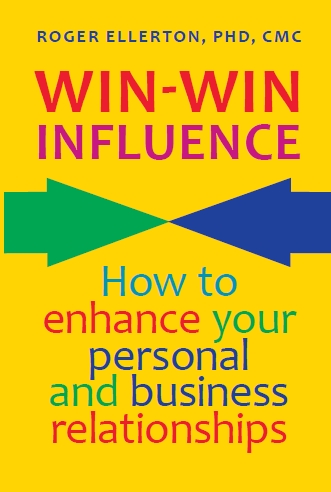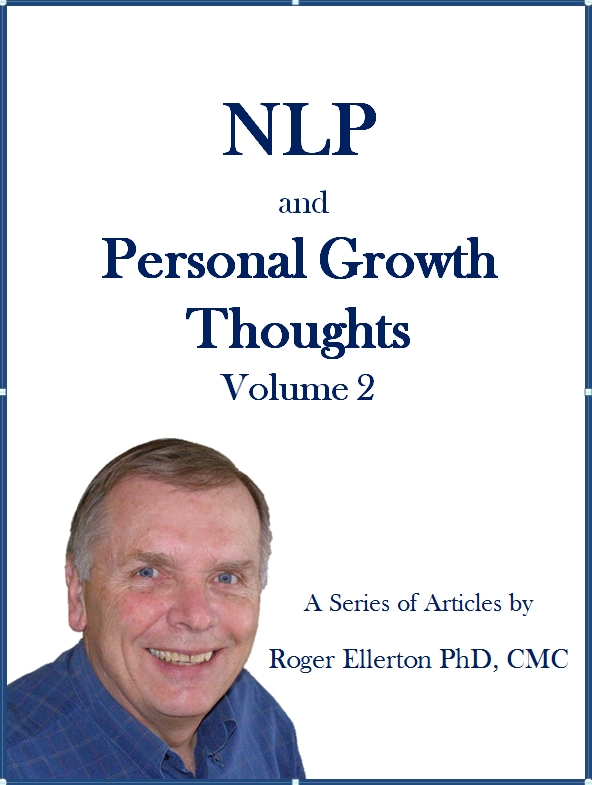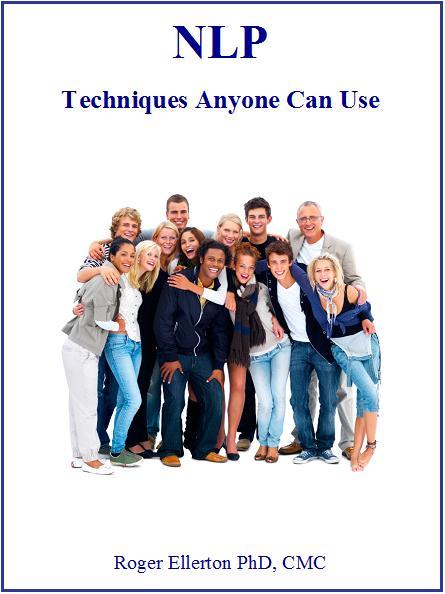Chunking
By Roger Ellerton Phd, ISP, CMC, Renewal Technologies Inc.
This article may not be republished without written permission from Roger Ellerton/Renewal Technologies Inc. If you republish this article without permission, you will be in violation of copyright law and sent an invoice. You may share this and other pages with your friends by linking directly to this page from your website or blog.
Have you ever:
- Been stuck in a negotiation or argument and not been able to find common areas of agreement?
- Needed to quickly and easily think laterally?
- Felt overwhelmed with an activity?
- Wanted to get something done, but did not feel excited about it?
Chunking can help you get past these obstacles.
What is Chunking?
In NLP, 'chunking up' refers to moving to more general or abstract pieces of information. While 'chunking down' means moving to more specific or detailed information.
To chunk up on a piece of information, use one or more of the following questions:
- What is this an example of?
- What is this a part of?
- What is the intention?
- For what purpose?
To illustrate the concept, let us begin with a library building. Examples of chunking up from library building would be:
- Buildings (a library building is an example of buildings), or
- A city block (the library building forms part of a city block), or
- A city's library system, or
- Provides a means for people to undertake research.
If we follow the path of a city block, we can then chunk up to a city, then to a province or state, then to a country, etc.
To chunk down, use one or more of the following questions:
- What is an example of this?
- What is a component/part of this?
- What/who/where specifically?
Examples of chunking down or being more specific on library building are:
- A library building in the City of Ottawa, or
- A library building built in the 1950's, or
- The third floor of the library building, or
- A specific window in the library building, or
- A row of books in the library building.
If we follow the path of a row of books, we can continue chunking down (getting more specific) to NLP books, then books written by John Grinder, then a particular chapter, etc.
This simple concept has many varied and useful applications.
How and When Can You Use Chunking?
- Meta Model and Milton Model. The Meta Model is an example of chunking down (who, what, where specifically) - you ask your client questions to get more specific details. The Milton Model, which uses vague or abstract language, is an example of chunking up.
- Negotiation and Mediation. Chunking up and down is a very useful tool in negotiations or mediation. Far too often in negotiations, we continue to explore solutions at a level of thought at which we do not agree. The key is to chunk up until you and the other person agree and then to chunk back down to the details only as fast as you both maintain agreement. Often in negotiation, we assume that the other person wants what we want and this may not be the case.
- Thinking Laterally. We are often encouraged to think laterally. This is not always easy to do. It is if we use chunking. To think laterally, first chunk up, then chunk down. Example, suppose you have to take a package to a particular destination and you do not wish to use your car. To identify alternatives, first chunk up, i.e. what is driving your car an example of? One possible chunk up is a mode of transportation. Now chunking down, you can easy identify many different modes of transportation which are on the same logical level as car i.e., bicycle, horse, train, airplane, walking, etc. And you can select the mode that meets your other needs.
- Creating a Passion for Your Outcome. By chunking up and down, you can size your outcomes so that they are doable and you have excitement, motivation and passion for achieving them.
- Overcoming Disinterest. Why do we get bored? Often because what we are doing does not excite us. We are mired in the details. If you have an outcome and you are not excited about it, ask yourself the question, "This outcome for what purpose?", i.e. chunk up. Get a bigger perspective or the big picture. Having an outcome and not knowing the larger purpose can be demotivating.
- Addressing Overwhelm. Sometimes we may feel overwhelmed. This can happen if the chunk size is too large. Here we need to chunk down and be more specific or focus more on the details or be more realistic. After all, how do you eat an elephant? One bite at a time!
If you feel overwhelmed or do not know where to start when you think of your outcome; chunk down to be more specific and identify manageable tasks.
And NLP is Much more than that!
Author: Roger Ellerton is a certified NLP trainer, certified management consultant and the founder and managing partner of Renewal Technologies. The above article is based on his book Live Your Dreams Let Reality Catch Up: NLP and Common Sense for Coaches, Managers and You.
Copyright © 2005, Renewal Technologies Inc. All rights reserved.








